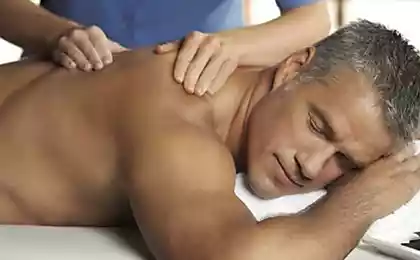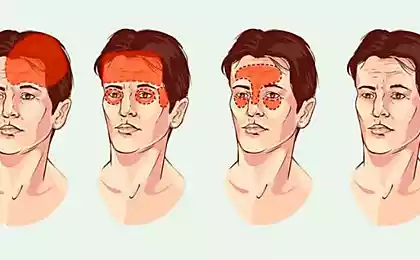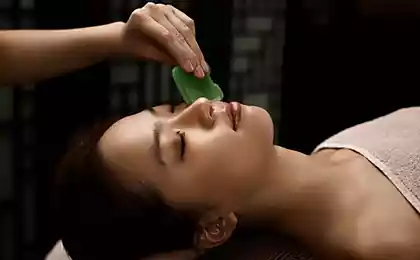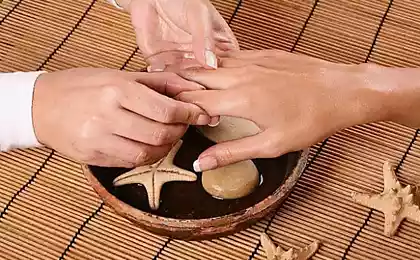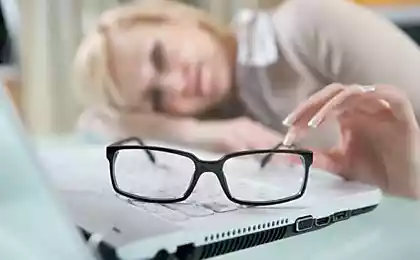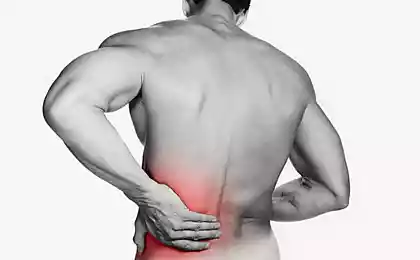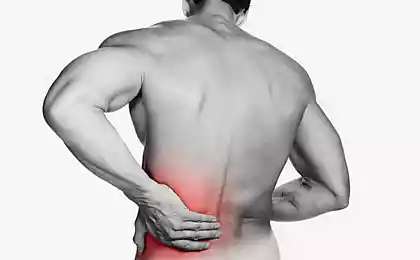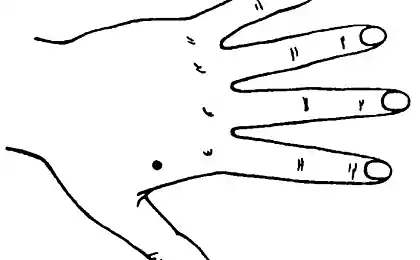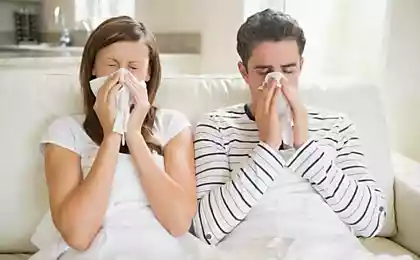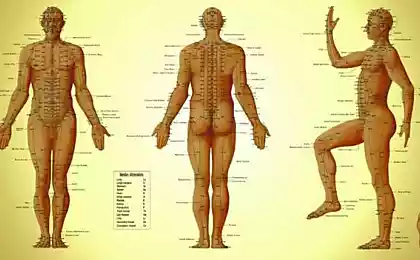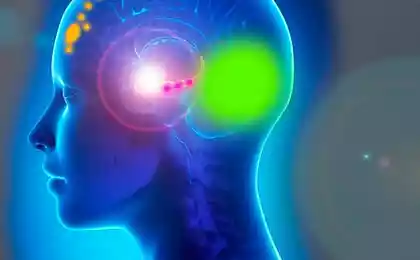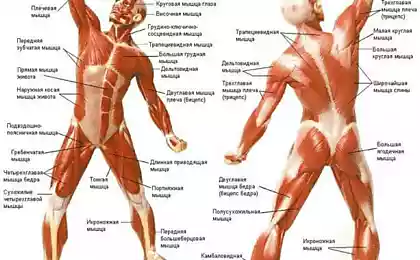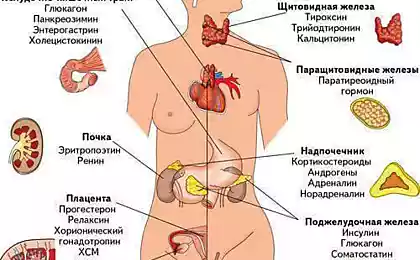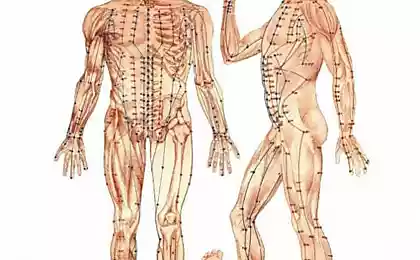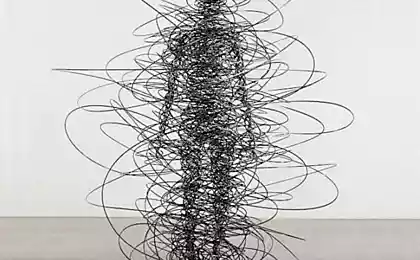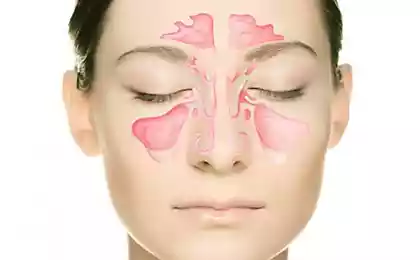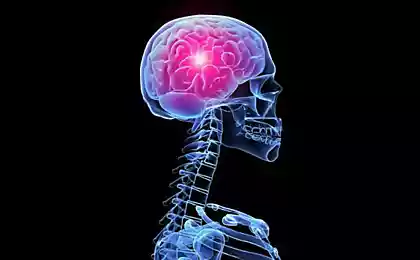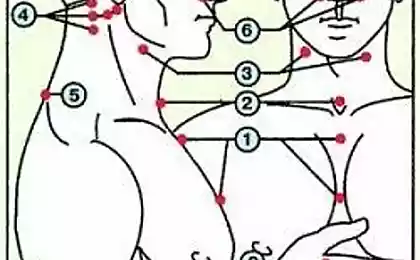238
Why are some spots on the body so painful?
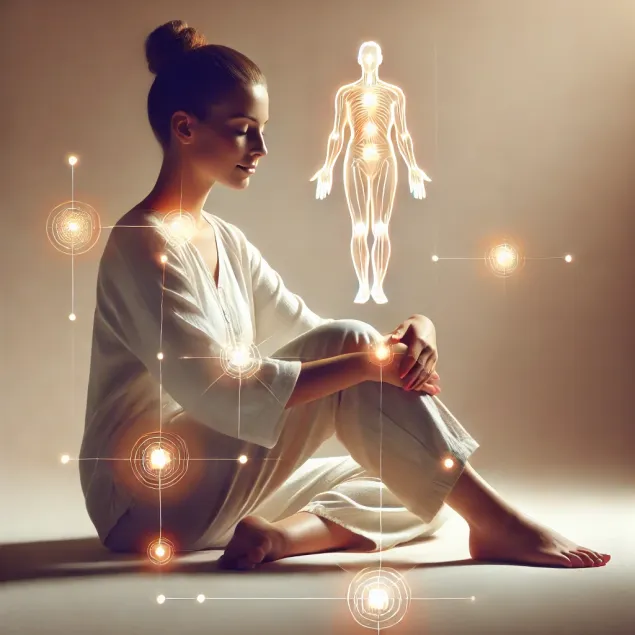
We have all experienced painful spots on our bodies. These areas, often referred to as “pain spots,” can cause discomfort at the slightest touch or pressure. But why is this happening? Why are some parts of our body sensitive and others not? The answer to this question lies in the biologically active points of our body, which play a key role in maintaining our health. In this article, we look at what these points are, why they are painful, and how the right exposure to them can improve our well-being.

Health ecology: Biologically active points on the body
The term “biologically active points” (BAT) is familiar to many. These points are not just random areas on the skin, but specific areas that are highly sensitive and can cause pain when exposed. In traditional Chinese medicine and acupuncture, these points are considered channels of energy, or “qi,” and they are essential for restoring balance in the body.
Our body is covered with thousands of such points, which are associated with internal organs, nerve endings and muscle tissues. Stimulating these points can lead to improved energy circulation, pain relief, and improved organ function. In acupuncture and reflexology, methods of influencing these points are used to treat various diseases. However, when these points become painful, it signals problems in the body, such as inflammation, tension, or energy blockages.
Why do some dots hurt?
Painful sensations in certain places on the body can be caused by various factors related to both physical and emotional state. Here are a few reasons why some biologically active points can be painful:
1. Tension and stress
Stress and emotional stress can cause pain at certain points on the body. These areas are often in the shoulders, neck and back. Chronic muscle tension leads to the accumulation of “stagnant” energy in these areas, which causes pain. For example, a point located on the shoulders or in the neck may be painful due to prolonged stress or muscle spasm.
2. Inflammation and organ diseases
Each biologically active point is associated with a specific organ or system of the body. If there is inflammation, infection, or disease in the body, the corresponding active point may become painful. For example, pain at a certain point on the back or abdomen may indicate problems with internal organs such as the stomach or liver.
3. Overload and fatigue
Physical overload can also cause pain in biologically active points. After intense physical activity, prolonged exertion or improper posture, pain may occur at points associated with muscle tissue. These points respond to overloads, contributing to the accumulation of lactic acid and blocking blood circulation and energy in the muscles.
4. Nerve endings
Some painful points may be associated with nerve endings, especially in areas where the nervous system passes through soft tissue. This can lead to pain associated with nerve clamps, inflammation, or chronic pain, such as neuralgia or sciatica.
How does exposure to biologically active points help in treatment?
Exposure to biologically active points is used in various treatments such as acupuncture, reflexology, massage and shiatsu. These methods involve the stimulation of points in order to improve blood circulation, normalize energy and relieve tension. How does it work?
1. Acupuncture
Acupuncture is a method of traditional Chinese medicine based on the effect of needles on biologically active points on the body. The purpose of acupuncture is to restore the balance of energy “qi”, which helps to normalize the functions of organs, relieve pain and strengthen the immune system.
2. reflexology
Reflexology is a method of influencing the active points located on the feet, hands and ears. Massaging these points helps relax the body, improve blood circulation and relieve pain. Reflexology is actively used to reduce stress, treat chronic diseases and improve overall well-being.
3. shiatsu
Shiatsu is a Japanese massage technique in which the active points are pressured with fingers or hands. This method helps relieve stress, improve energy circulation and reduce stress levels. Shiatsu is also used to treat headaches, insomnia and digestive problems.
4. Massage and manual therapy
Massage and manual therapy include exposure to active points in order to relax muscles, improve blood circulation and eliminate pain. These methods can effectively eliminate pain at points caused by physical exertion or chronic diseases.
How to avoid pain points?
To avoid pain in biologically active points, it is important to monitor your physical and emotional state. Here are a few recommendations:
- Right posture: Observance of proper posture helps to avoid overstrain in the back and neck, as well as reduce the load on biologically active points.
- Regular physical activity: Moderate exercise, such as yoga, swimming, and walking, helps maintain muscle tone and improve energy circulation in the body.
- Relaxation and stress relief: Relaxation techniques such as meditation, deep breathing, and massage help prevent the buildup of stress and tension in the body.
- Good nutrition: A healthy diet rich in vitamins and minerals helps maintain muscle and nervous system health, which in turn reduces pain in active points.
Conclusion
The biologically active points on the body are an important part of our anatomy that helps maintain balance in the body. Painful sensations at these points can signal a variety of health problems, but exposure to them can greatly improve your well-being. Using acupuncture, reflexology and massage techniques will help you restore harmony in your body and improve your quality of life. Watch your health, develop awareness and strengthen your body with the right methods.
